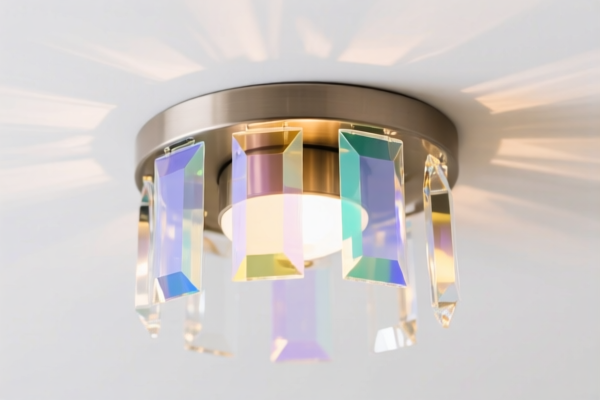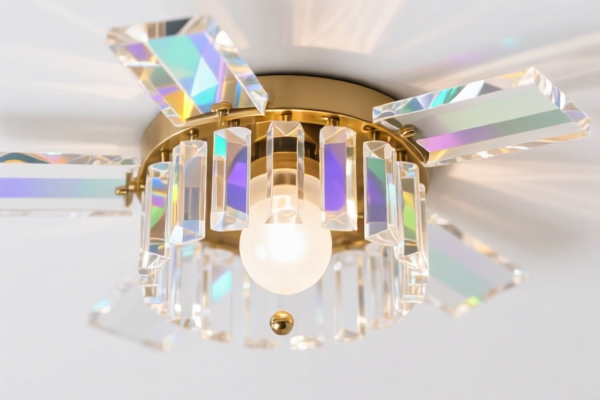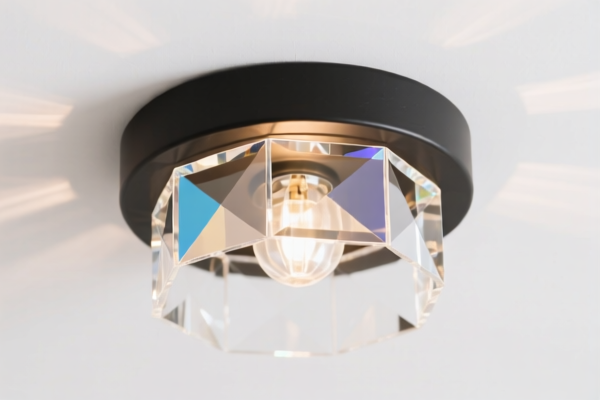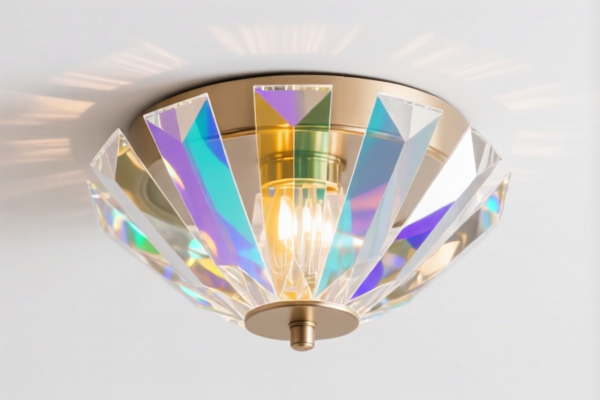| HS Code | Official Doc | Tariff Rate | Origin | Destination | Effective Date |
|---|---|---|---|---|---|
| 8310000000 | Doc | 55.0% | CN | US | 2025-05-12 |
| 9405416000 | Doc | 61.0% | CN | US | 2025-05-12 |
| 9405418410 | Doc | 58.9% | CN | US | 2025-05-12 |
| 8512906000 | Doc | 55.0% | CN | US | 2025-05-12 |
| 8512909000 | Doc | 57.5% | CN | US | 2025-05-12 |
| 8539293060 | Doc | 37.5% | CN | US | 2025-05-12 |
| 8539520091 | Doc | 32.0% | CN | US | 2025-05-12 |
| 8543707100 | Doc | 57.0% | CN | US | 2025-05-12 |
| 8543906500 | Doc | 55.0% | CN | US | 2025-05-12 |
| 3926904000 | Doc | 32.8% | CN | US | 2025-05-12 |
| 3918105000 | Doc | 59.2% | CN | US | 2025-05-12 |
| 3918905000 | Doc | 59.2% | CN | US | 2025-05-12 |




Fan Light
A fan light is a combined ceiling fan and light fixture, offering both air circulation and illumination. It is a common household appliance, particularly in regions with warm climates or where energy efficiency is desired.
Material
Fan lights are constructed from a variety of materials.
- Blades: Typically made of wood (various species, often with a finish), plastic (ABS, PVC), metal (aluminum, steel), or composite materials.
- Motor Housing: Steel is the most common material, often with a powder-coat finish.
- Light Fixture: Glass (various types, including frosted, clear, and patterned), acrylic, or metal shades are used.
- Downrod: Steel or aluminum, connecting the fan to the ceiling mount.
Purpose
The primary purpose of a fan light is to provide cooling and lighting in a single unit. They are designed to improve air circulation, making a room feel cooler and more comfortable, and to provide ambient or task lighting.
Function
Fan lights operate on the principle of air movement. The blades, driven by an electric motor, create a breeze that evaporates perspiration, resulting in a cooling effect. The integrated light fixture provides illumination. Many models include:
- Speed Control: Allows adjustment of the fan's rotation speed.
- Reverse Function: Allows the fan to rotate in reverse, pushing air upwards. This is useful for circulating warm air trapped near the ceiling during colder months.
- Remote Control: Common for controlling both fan speed and light functions.
- Light Dimming: Some models offer adjustable light intensity.
Usage Scenarios
Fan lights are suitable for a wide range of indoor spaces:
- Bedrooms: Providing cooling and a gentle breeze for sleep.
- Living Rooms: Enhancing comfort and providing ambient lighting.
- Dining Rooms: Creating a comfortable atmosphere.
- Kitchens: Providing air circulation and task lighting.
- Patios/Porches (Outdoor Rated Models): Providing cooling and lighting in covered outdoor spaces.
Common Types
- Standard Fan Lights: The most common type, with 4-5 blades and a central light fixture.
- Hugger/Flush Mount Fan Lights: Designed for low ceilings, mounting directly to the ceiling without a downrod.
- Downrod Fan Lights: Utilize a downrod to hang from the ceiling, suitable for higher ceilings.
- Dual Motor Fan Lights: Feature separate motors for the fan and light, allowing independent control.
- Smart Fan Lights: Integrate with smart home systems, allowing control via voice commands or mobile apps.
- Outdoor Fan Lights: Specifically designed for outdoor use, with weather-resistant materials and construction.
- Energy Star Certified Fan Lights: Meet specific energy efficiency standards, reducing energy consumption.
The declared goods, “fan light”, combine the functions of a fan and a light fixture. Based on the provided reference material, the following HS codes may be relevant:
- 8512906000: Electrical lighting or signaling equipment (excluding articles of heading 8539), windshield wipers, defrosters and demisters, of a kind used for cycles or motor vehicles; parts thereof: Parts: Of lighting equipment: Other. This code covers parts of lighting equipment, and could apply to components of a fan light if sold as individual parts.
- 8539293060: Electrical filament or discharge lamps, including sealed beam lamp units and ultraviolet or infrared lamps; arc lamps; light-emitting diode (LED) light sources; parts thereof: Other filament lamps, excluding ultraviolet or infrared lamps: Other: Designed for a voltage not exceeding
100 V: Other Other: Other. This code applies to filament lamps used in the fan light, specifically those designed for a voltage not exceeding 100V. - 8539520091: Electrical filament or discharge lamps, including sealed beam lamp units and ultraviolet or infrared lamps; arc lamps; light-emitting diode (LED) light sources; parts thereof: Light-emitting diode (LED) light sources: Light-emitting diode (LED) lamps Other. This code covers LED lamps that may be used as the light source in the fan light.
- 8543707100: Electrical machines and apparatus, having individual functions, not specified or included elsewhere in this chapter; parts thereof: Other machines and apparatus: Electric luminescent lamps. This code could apply to the complete fan light unit if it is considered an electrical machine with individual functions.
- 9405416000: Luminaires and lighting fittings including searchlights and spotlights and parts thereof, not elsewhere specified or included; illuminated signs, illuminated nameplates and the like, having a permanently fixed light source, and parts thereof not elsewhere specified or included: Other electric luminaires and lighting fittings: Photovoltaic, designed for use solely with light-emitting diode (LED) light sources: Of base metal: Other. This code covers electric luminaires and lighting fittings, potentially including fan lights with LED light sources, made of base metal.
Regarding HS code 8539293060, please note the voltage specification requirement of not exceeding 100V. Regarding HS code 9405416000, the luminaires must be designed for use solely with light-emitting diode (LED) light sources.
Customer Reviews
No reviews yet.